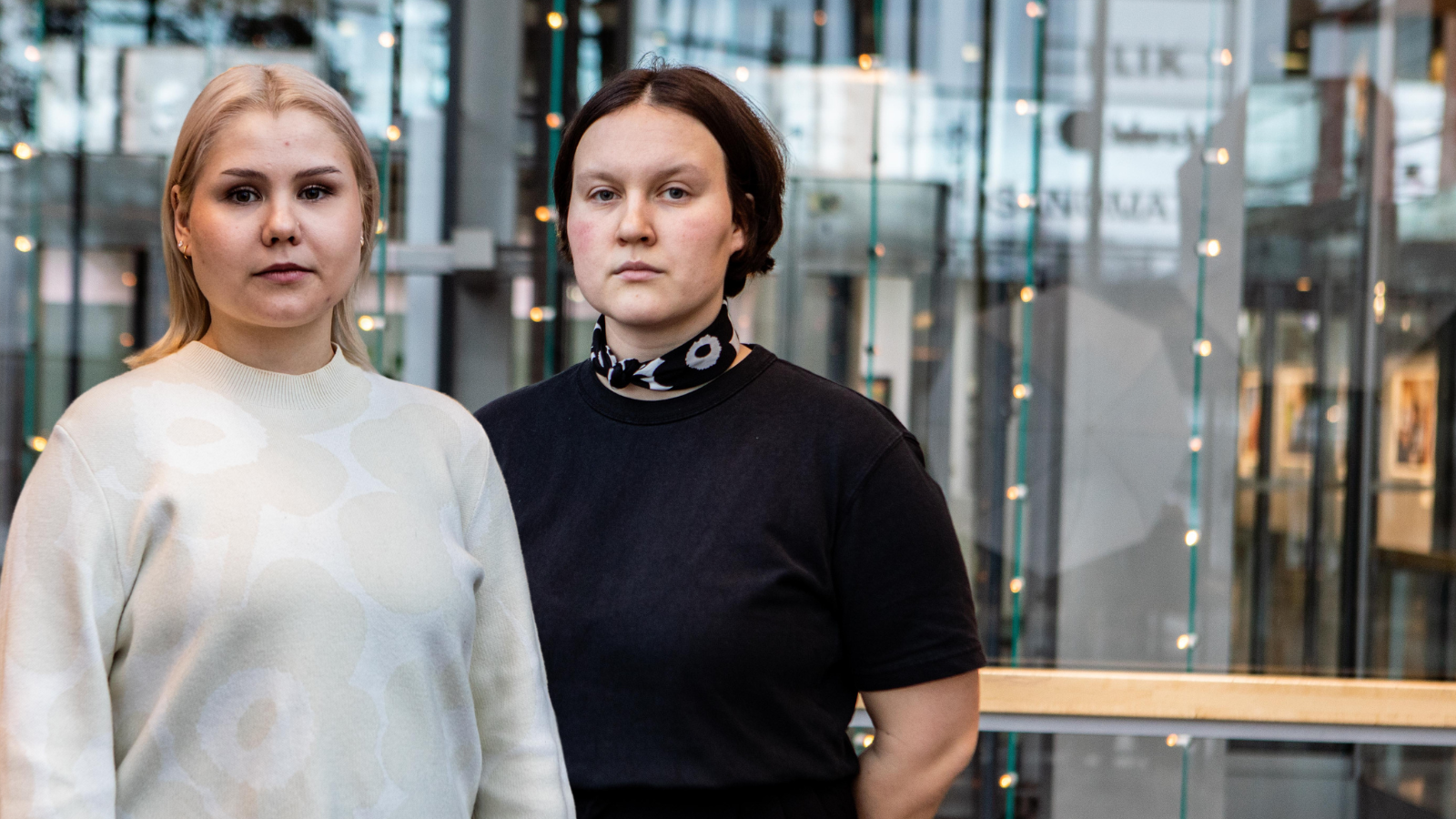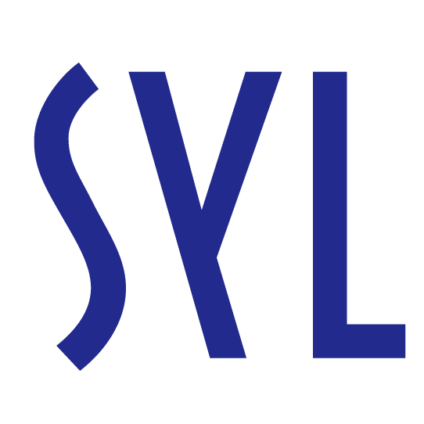SYL, the Finnish Business School Graduates and Social Science Professionals (Yhteiskunta-alan korkeakoulutetut ry, YKA) suggested last week that a new, platform-based higher education network should be established in Finland. The idea received a lot of positive attention and raised discussion, as we hoped it would. We wanted to show that big changes can be made also without opening up the entire legislation, and that results can in fact be achieved faster this way. We are happy to hear your opinions about and suggestions for development regarding this model, and that is why we are now describing the idea a bit more in-depth to make it more concrete.
The idea is that there should be one digital platform in Finland through which higher education institutions could offer teaching content and students could freely choose the appropriate parts for their degree. This means that students would still be students at a particular higher education institution and get a degree, but the available education would comprise not only of courses available at one’s own school, but of all applicable teaching available in Finland. The main focus would be on the students’ ability to move and get the best possible education regardless of the limits set by the educational organisations and geography.
There has been talk of student mobility and free rights to study a minor subject for years, also in connection with the Vision for Higher Education and Research currently being prepared. The biggest obstacle has always been the financing model and the incentives that result from it – not the legislation. The current funding model encourages schools to primarily provide students with a degree, which means that a higher education institution should only use resources to teach its own degree students. Because the national financing model is often copied almost as it is into a higher education institution’s internal distribution of funds, a student moving between different units within the same institution already leads to a lot of money being transferred between the units. When moving between different higher education institutions, the gates are watched even more closely because the home university is in debt to the institution that provides the study credits completed by the student. Due to the complicated bureaucracy, mobility is virtually impossible – or at least unprofitable – for many.
This is why the financing model should be reformed with an emphasis on providing study credits. This way, the higher education institution would receive money even if the student completing the credits is not a student at the school. This would also create at least one incentive for taking part in the collaboration through the platform and making studies so useful and interesting that the student would end up choosing them. At the same time, however, the higher education institution should solve the problem of how to make the focus of the funding correspond to the cost of the teaching and how to encourage schools to develop their teaching even further.
Completely re-thinking the role of open higher education institutions could also be an option. SYL thinks that the task of open higher education institutions should be to offer modules for continuing education for those who have already graduated and to provide the possibility to find out more about higher education studies through creditable courses for people without a degree. The new platform model would allow these learners to obtain their study right either through the open path, or, as proposed by the Ministry, they could be granted shorter study rights directly to their desired field of study based on the university they have chosen, thus making open higher education institutions unnecessary as a structure. This would also allow us to abandon the idea of giving open universities the right to grant degrees as proposed by the Ministry, which in practice would only mean a fee-based way to increase the number of students admitted.
In addition to the construction of the platform, a major reform of higher education institutions’ information systems should be implemented in order to make the systems compatible and to make sure that study credits are recorded in the right school’s system automatically. The development towards a fully shared ICT platform could be launched with small steps, by utilising the existing system interfaces. If successful, the reform would be a true test of automation: a lot of routine work could be automated in higher education institutions while focusing resources on student support and guidance, for example, as a freer study right would require more efficient personal study planning and support.
The Ministry of Education and Culture has been preparing the vision for higher education since spring. The vision’s main objectives include increasing the level of know-how, creating new kinds of expertise, increasing cooperation between higher education institutions, increasing the role of lifelong learning, and strengthening the global competitiveness of Finnish higher education. They are all goals that we, too, want to promote and that we think would be more easily achieved by using this model than the legislative project. In the new system, non-degree students, such as people trying to get into a higher education institution to start their degree studies or people studying during their career, could also take part in higher education studies. This means that the model supports lifelong learning excellently and offers more and more channels to get into a higher education institution. Students can also gather a package of courses that suits them the best more freely from the selection offered by higher education institutions, leading to new kinds of expertise. The study credit-based funding model in conjunction with the shared platform would not only be a globally unique system, but it would also encourage higher education institutions to produce internationally competitive know-how instead of competing with each other.
However, no reform can be implemented without investments and normative control. The fastest way to get the ball rolling would be by renewing the regulation controlling the funding model in the coming spring and by making this direction a priority in the performance negotiations between the Ministry and higher education institutions. At their last framework negotiations of the term, the government should also focus its efforts on the development of the ICT of higher education institutions and the creation of a platform-based higher education network.
Riina Lumme
SYL’s President




